Arriving in a cool and well packaged carton, branded and statically protected the iSO-CAT6 from Korean high end computer based audio company S O t M is a device which I have not got around to testing before. There are a couple other brands which provide this sort of hardware so when I was contacted by the lovely and bubbly May Park from S O t M a true enthusiast about testing their recently released isolator I was very happy to take on the task as the unit is something I have been considering as possible value in my all streaming based system which consists of a modified Mac and PC, as well as a modded Pro-Ject Stream Box DS which also transfers data via Ethernet.
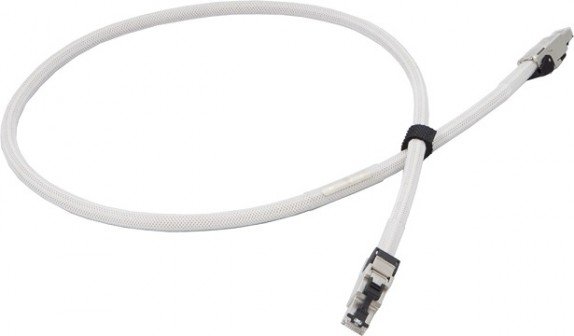
Many will have serious doubts about Ethernet cables, especially making a difference to their system, although the signals transferred through are error corrective by their very nature my experience is after playing with a handful of various types/brands and configurations, shielded or unshielded is that they do play a role in overall system sonics.
Generally the camp that states ‘they cannot make a difference, it’s just 1’s and 0’s’ don’t have a complete grasp on the transfer of digital information and this leads to preconceived ideas which are incidentally incorrect. Now there’s no need to get into a debate or a technical stand off. My job as always is to simply use my ears to listen to and convey my findings to you the reader.
Remember not all items we receive for review get published, we work very hard to review and publish items of interest, sound quality and innovation. So on that note lets just knuckle down to what is being tested here today – S O t M’s iSO-CAT6 Ethernet cable filter and the companies posh CAT6 Ethernet cable.
The unit itself is made from a translucent polycarbonate which allows for a frosted view to the internal PCB and surface mounted components. Printed on the unit is the companies branding and two directional arrows to distinguish which cable should go where as this is an in series device. That’s it! No moving parts, flashing lights or theme tunes.
THE SOUND
From the very moment I installed the iSO-CAT6 into my system I could here differences in the sound. Primarily more bass heft, a better weighted punch with a little more definition on the texture. Upper end notes seemed to increase in speed and dynamic flare and the midrange had more freedom of expression digging deeper into the depths of the soundstage and releasing more inner detail allowing for a more transparent and lyrical experience.
I must admit I expected a cleaning up of background noise and leading edge definition but I wasn’t ready for the extra clarity and poise the unit gave. The background in my system is already very quiet and influences passages of acoustic music very well conveying a great acoustic chamber and recording venue characteristics. With the S O t M in place the background was more alive. Black as before but what I first thought was a touch of graininess in the sound after closer inspection proved to be room reverbs that were on the recording. Added decays of notes and smaller non mic direct environmental nuances. It wasn’t that I had to concentrate to hear these artefacts it was that I wasn’t used to inner detail being, remaining and participating singularly from background depths and boundaries as much as they now seemed too.
I had recently been playing with some new monoblocks and I only mentioned to my brother last night that I felt the sound was a little slow and lumpy, I attested this to the pre I was using at the time. I moved to another preamp this morning and things were better after a good warm up period but they still gave me a few doubtful moments during some music. With the Lan Isolator and S O t M Lan cable in place practically all of my concerns were eradicated although I could have changed a cable or two to suit a little better.
The addition of the review products brought out all the speed and intensity which I love so much in a system and my reason for buying these specific monos. There’s nothing worse than a lazy amp that just plods along making sounds, I like my music to be accurate to the tempo, a very important characteristic that many sacrifice for tonal balance and the S O t M’s allowed for a clearer and more uncluttered pathway to the speakers and me.
Sound staging is also extremely important to me, I meet many enthusiasts who are not ‘soundstage freaks’ that’s fine, I smile – as they still find so much enjoyment from music which is the point! For me though, in order to get a more accurate reproduction of the feel or intensity of a piece of music the almost ‘live in the room’ nature has to be there and this for me can only be achieved by a more complex image, separation and individual presence of artists, instruments and artefacts.
The S O t M iSO-CAT6 and Lan Cable furthered the appeal of my systems by allowing for more space around instruments which applied better timing and a consistent musicality to the overall sound. I had a better impression of independent dynamics coupled with three dimensionality of the transient flow.
With acoustic and stripped down music this effect is gracious and embracing, with faster music such as electronica its exciting and enthralling.
To balance things out there must be a somewhat negative point to make regarding the unit and associated cable – right?
Yes, when playing less than adequate (and I do mean really under par) recordings the unit will clean up some background noise but not all of the nasties, this leaves you with a bunch of more acute etched artefacts and grain in the background rather than just an area of white noise which can mask other nasties. Now the Isolator doesn’t proclaim to be a miracle worker turning water into wine or lead into gold, so if you really have to play a recording of the most horrid nature than enjoy the music rather than the sound!
Singling out the CAT6 cable against the Meicords I am used to listening with also gave nice benefits in upper end resolution although the two cables do present a slightly different presentation to each other and I could live with both. The Meicord is slightly smoother and rounder whereas the S O t M is cleaner and slightly more revealing which in turn sculptures the soundstage in a more three dimensional manner, depending on my choice of source at the time I can see each playing a role in tonally swaying presentation.
Especially crucial to note about the Alan cable is that harmonics become more prevalent and three dimensionality increased a few notches allowing for more foreground separation and sculpture which leads into the depths of the soundstage obtaining ,ore realism from the performance.
CONCLUSION
Whether using a cheaper integrated amplifier, a far more costly integrated or pre and power of a higher price the ISO-CAT6 performed excellently, yes with the higher precision more expensive gear with better material had significant improvements but even with average recordings and an average system the benefits were clearly heard and benefited overall reproduction to a degree that in my all streaming digital system which is NAS based was truly beneficial. Whether using the Mac, PC or standalone streamer I feel the iSO-CAT6 to be an interesting and worthwhile experiment for anyone with a similar system setup and with each of these sources being mated with a range of amplifiers at varying costs, increased levels of performance were clear to be heard.
Depending on who you speak to, what their individual experiences are and what they have used to explore system tweaks in the digital domain, some can conclude it impossible to effect sound reproduction. I am doing these sorts of tests very regularly and have an enough of a revealing digital front end to ascertain a confidence in hearing any changes in tweaks and accessories to clearly stamp the iSO-CAT6 with a ‘must try’ certificate.
My advice is to try this sort of product out for yourself rather than being subjected to a more main stream mentality of misinformed technical information. This isn’t 1976!
S O t M’s own dCBL-CAT6 cable which accompanied the unit and is sold separately (a short one is included to connect to the source from the filter) also has great attributes when singled out against my usual Ethernet cables and substantially against any stock type cable.
Think of Lan cables as another critical digital cable just like the USB or SPDIF and you are now beginning to comprehend what benefits can be achieved in overall system performance.
Build Quality – 8.3/10
Sound Quality – 8.7/10
Value For Money – 8.410
Overall – 8.46/10
Price at point of review:
iSO-CAT6 – $350
dCBL-CAT6
Standard ver. High Grade LAN port
1m :US$200 US$350
2m :US$250 US$400
3m :US$300 US$450
4m :US$350 US$500
5m :US$400 US$550
Recommended for having the same attributes as any digital cable and for proving that Ethernet truly is a crucial connection. With expression and imaging at the forefront of its characterises the iSO-CAT6 from S O t M excels in pace and detail retrieval.
Dan Worth














































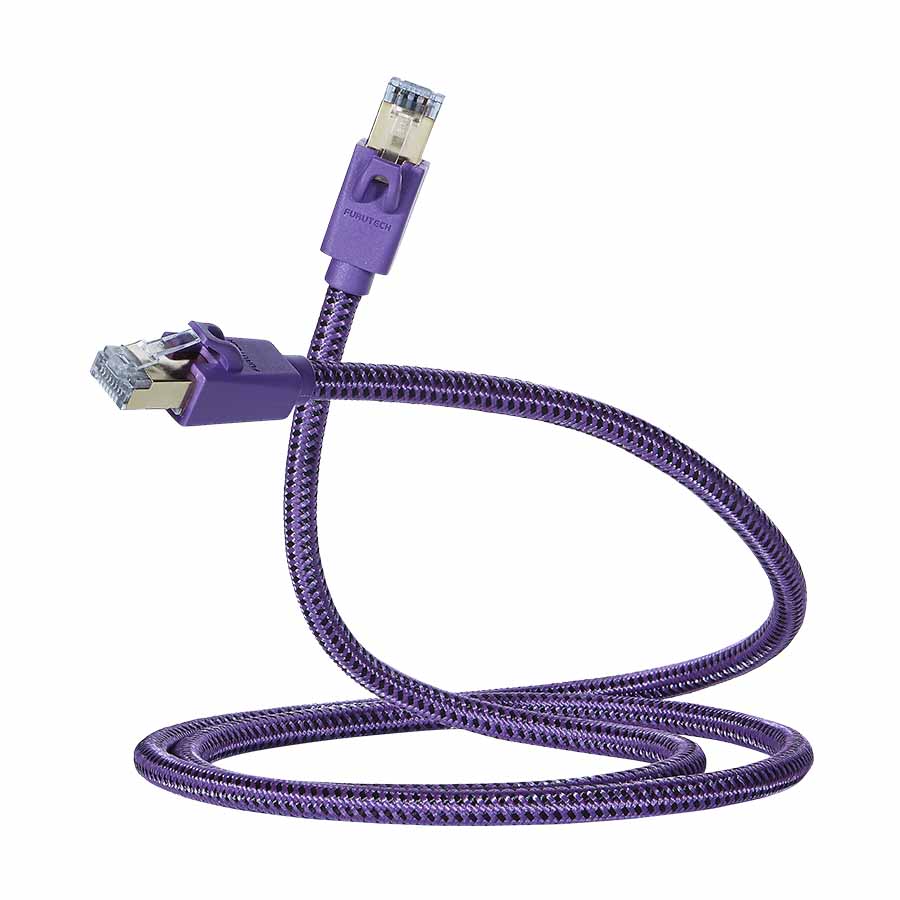

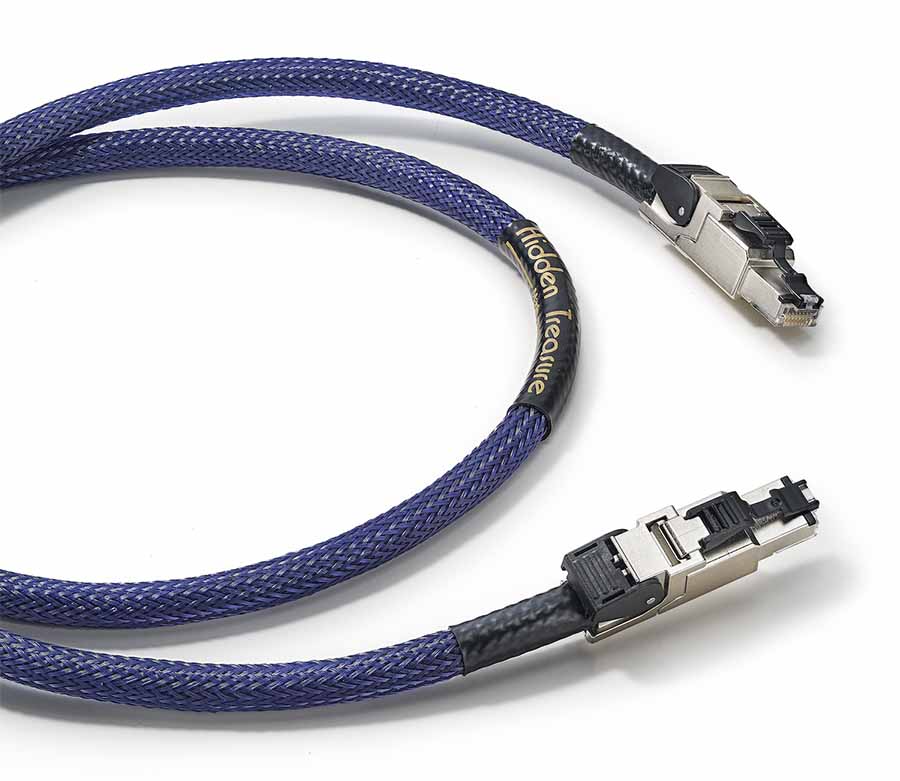
























































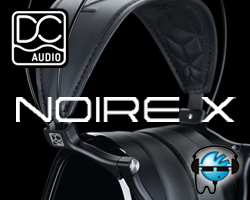







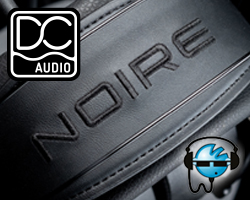






























































You must be logged in to leave a reply.